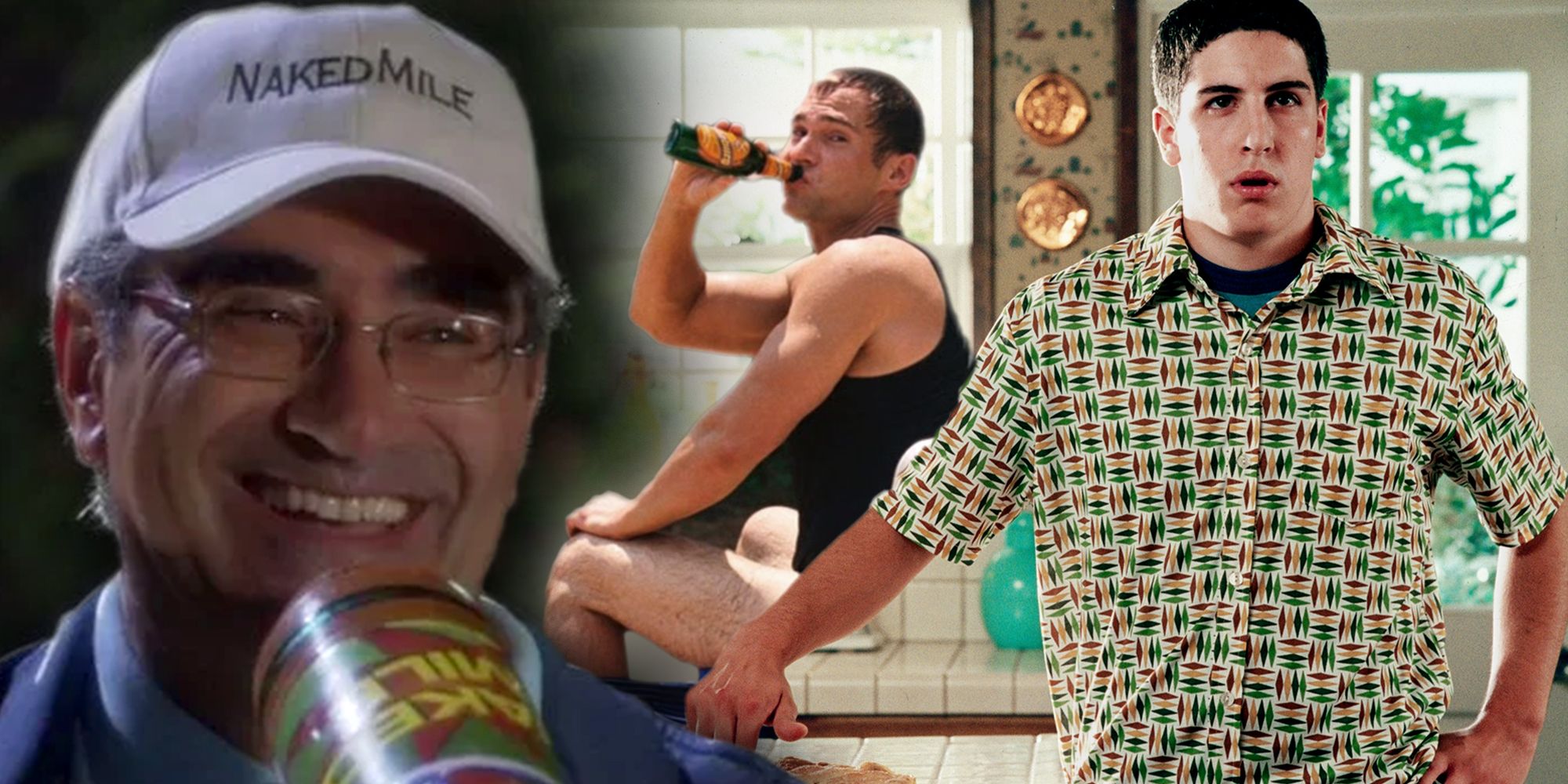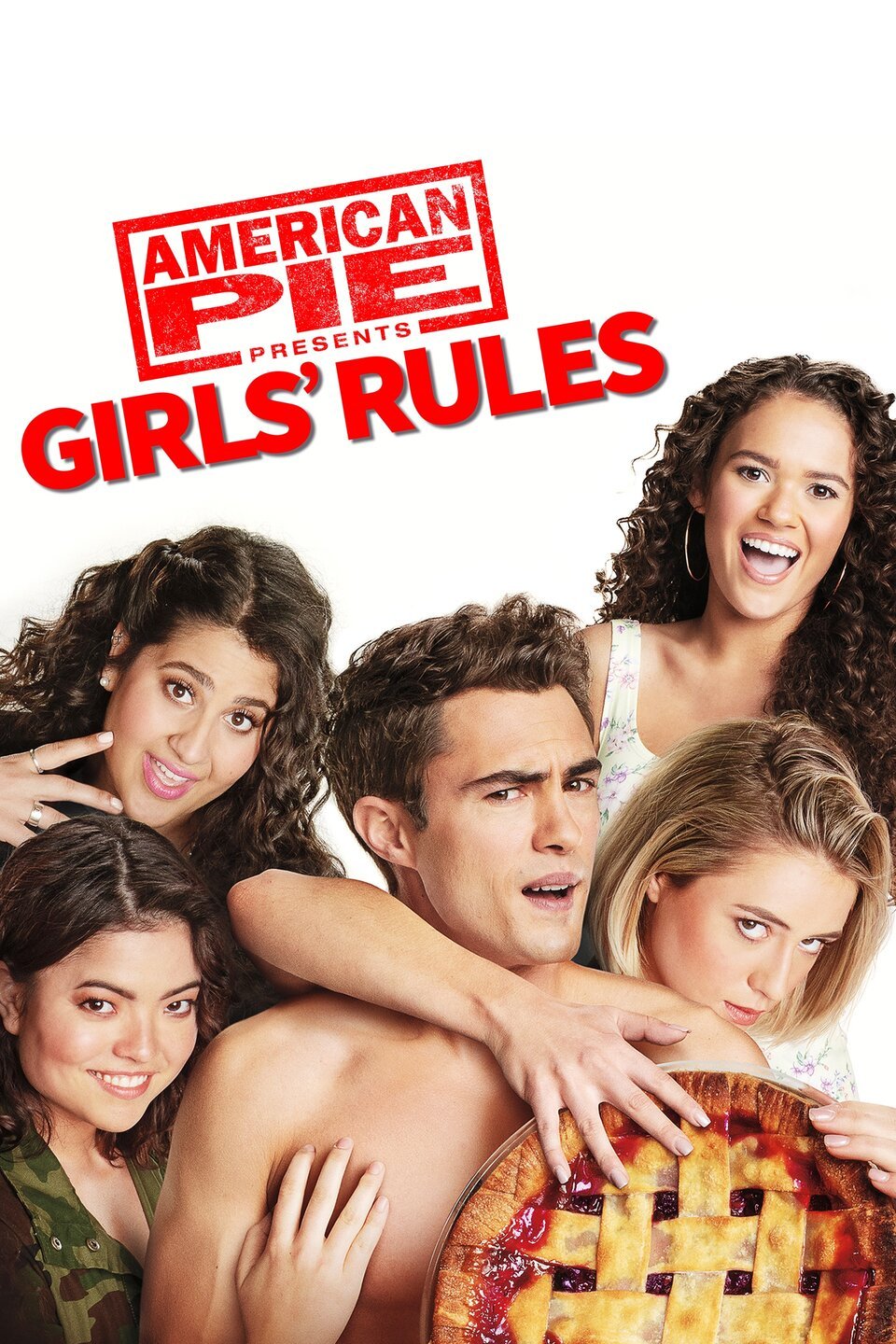

It’s the entry that spawned the franchise, and it launched James Cameron’s career as a must-watch young director.

Image via TriStar Pictures The Terminator - October 26, 1984 RELATED: Why the 'Terminator' Franchise Shouldn't Discard the 'Dark Fate' Characters Here’s a breakdown of the films as they were released and in canonical story order. Future entries in the time travel tale ignore or reimagine events from other entries in the series, creating a convoluted action saga. Cameron’s exit from the franchise saw it struggle to escape his shadow, and a third entry in the franchise wouldn’t arrive for 12 more years.

The subversion of the story and character archetypes in T2: Judgement Day still shines as a prime example of a sequel that is stronger than its predecessor. His physicality coupled with his cold demeanor made for a menacing and mesmerizing villain. Fresh off two Conan the Barbarian pictures, Arnold took on the role of the mechanical murderer. The titular Terminator was played by burgeoning actor and seven-time Mr. He utilized projection, miniatures, forced perspective, and more to create classic films with an aesthetic that withstood the progress of visual effects development. James Cameron’s first two entries, released seven years apart, combined generations' worth of special effects and cinematic techniques to craft a grounded and thrilling universe where the hokey became horrifying.
#AMERICAN PIE ALL MOVIES ORDER SERIES#
With five mainline sequels, several video games, and a TV series behind it, The Terminator keeps coming back. The Terminator’s success demonstrates the potential of an idea in the hands of creatives both dedicated and cunning. It doesn’t sound like a successful Hollywood franchise sprawling over nearly 40 years, grossing more than 2 billion dollars across six entries. Murderous killbots from the future sound like the elevator pitch for an anonymous 1950s science fiction film.


 0 kommentar(er)
0 kommentar(er)
